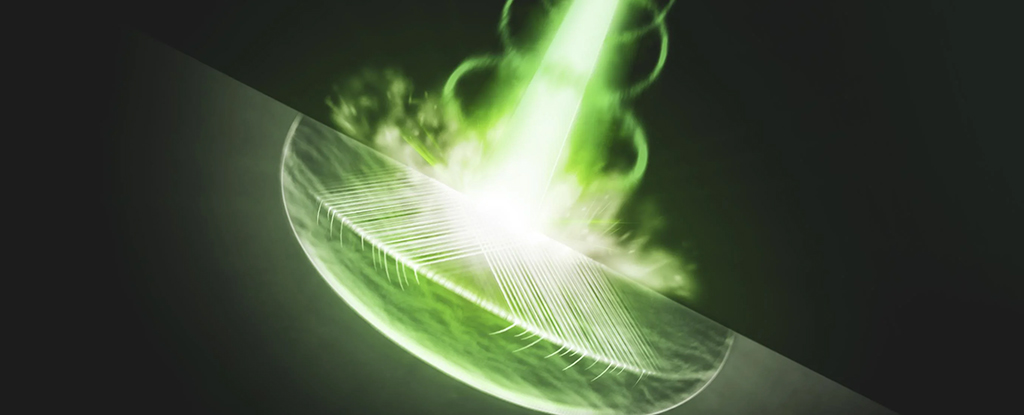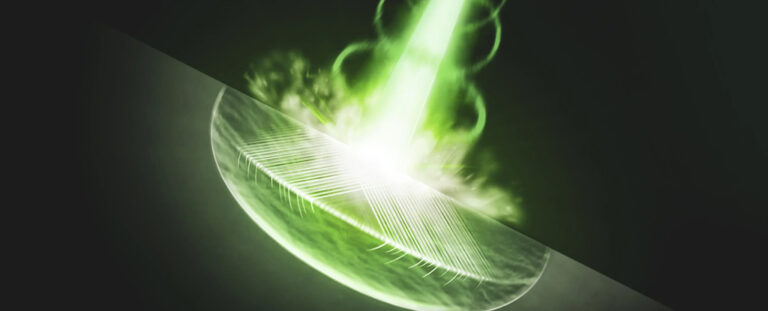Flaws Observed Moving Through Diamond at Supersonic Speeds
Material defects don’t inevitably result in failure; in certain cases, they can enhance strength. Distinguishing between these outcomes is crucial for scientists. A recent study has contributed significant insights by monitoring the velocity at which minute cracks propagate.

An international team of researchers successfully documented the swift movement of linear defects, known as dislocations, surpassing the speed of sound through diamond. These findings are expected to extend to other essential materials, refining models for diverse applications, ranging from earthquake predictions to aircraft engineering.

“No one has been able to directly measure how fast these dislocations spread through materials until now,” remarks materials scientist Leora Dresselhaus-Marais from Stanford University.
Dresselhaus-Marais and her team employed a powerful laser to generate shock waves within small synthetic diamond crystals. They meticulously observed the resulting deformations with an X-ray free-electron laser, capturing measurements down to billionths of a second.
The initial wave passing through the material is elastic, with atoms returning to their original positions upon passage. The subsequent wave is a plastic one, causing permanent dislodgment of atoms in the diamond and leading to stacking faults, where crystal lattice layers lose their alignment.
When dislocations encounter each other, they can either attract or repel, potentially generating more dislocations. Understanding these interactions and their speed is vital for predicting how materials will respond to stress.
“If a structural material fails more catastrophically than expected due to a high rate of failure, that’s not ideal,” notes materials scientist Kento Katagiri from Osaka University in Japan. “We need to learn more about this type of catastrophic failure.”
In solids, two types of sound waves travel: slower transverse sound waves, resulting from material resistance, and faster longitudinal waves akin to those propagating through the air.
The experiments suggest that dislocations spread through diamond at a pace surpassing transverse sound waves. The subsequent phase involves testing to determine if they can outpace longitudinal sound waves, necessitating even more intense laser pulses.
This newfound knowledge aids scientists in accurately predicting material reactions under extreme forces. Previously, defects faster than sound had only been theoretically modeled.
“Understanding the upper limit of dislocation mobility in crystals is essential to accurately model, predict, and control the mechanical properties of materials under extreme conditions,” the researchers emphasize in their published paper.
The research has been published in Science.
This article is republished from ScienceAlert under a Creative Commons license. Read the original article.
Do not forget to share your opinion with us to provide you with the best posts !





0 Comments